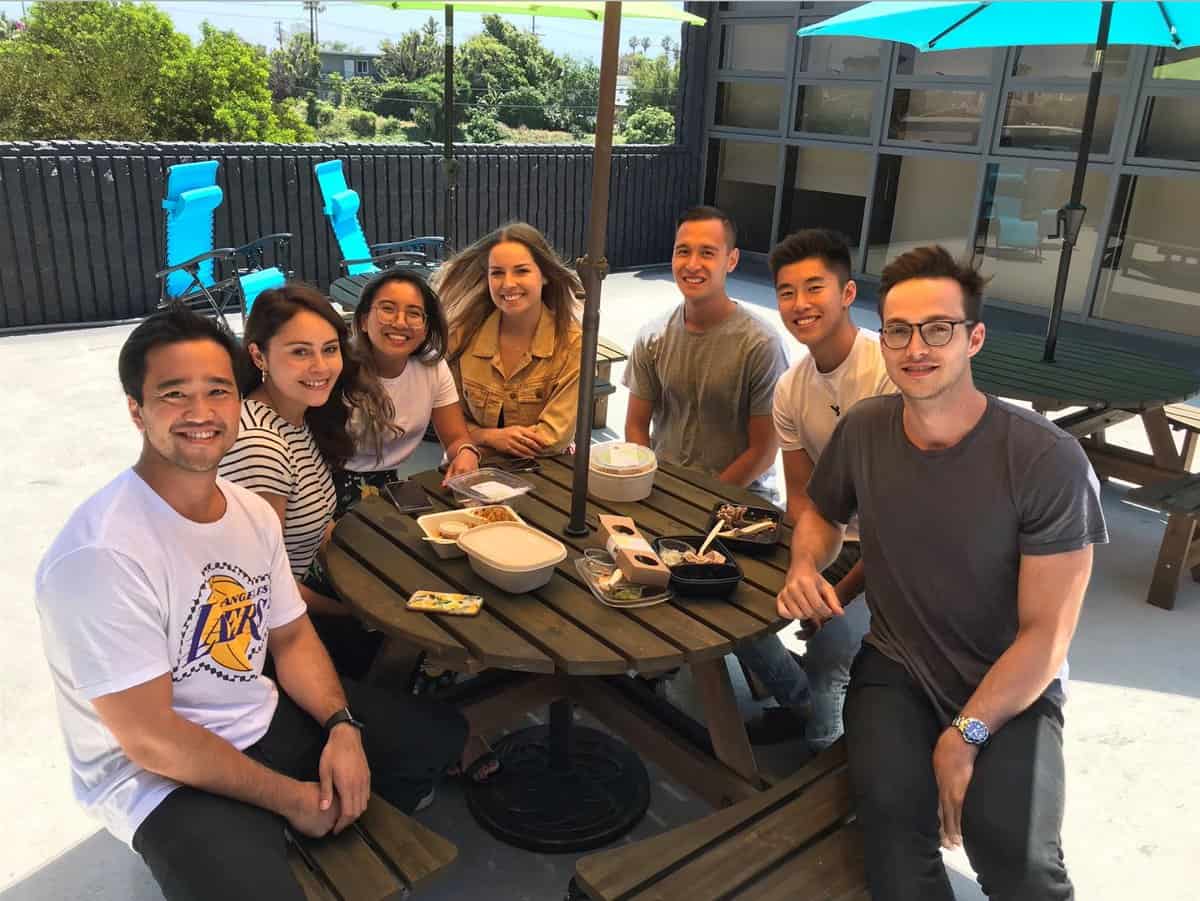
Share
Millennials get a bad rep. For no real reason.
While some employers may claim they’re hesitant to hire us, believing we’re all lazy and self-absorbed, Advertise Purple has come to the realization that the right millennials can truly do wonderful things for your business.
With new 20 and 30-somethings joining our agency seemingly every month, we’ve grown accustomed to putting these young future business leaders in the position to succeed – and help grow our business in the process.
So, without further ado, check out this list of 6 effective methods for training those on the younger side of the workforce:
1. Keep groups of new hires as small as possible

This one can certainly be outside of your control, especially depending on company size, but AdPurp’s Corporate Development Manager says (for a company that is at ~55 people) it’s optimal to keep the new hire groups around 5 people max in order to foster and build relationships. The less people you’re on-boarding at once, the more intimate the trainings.
A team of new hires that learns early to collaborate with one another will likely be more successful than a team where a few of the newbies get lost in the fray. With 5 or fewer new people sitting in on training, everyone participates and your company wins.
2. Balance hand-holding with letting your young employees learn on their own

Everybody starting a new job is likely going to come in looking to prove their worth. It’s human nature to want to appear as if you “got this” or have figured everything out with minimal oversight. That being said, a good training leader knows that there is a limitless number of things a new employee will need support and guidance with, especially at first.
Hand-holding is common for everyone on a new job, to an extent. There’s a huge learning curve, and everybody has a difficult time in the beginning. Establishing training as a safespace to ask any question (even “where’s the bathroom”) is a key to making sure communication gets off to a good start.
Of course hand-holding without micromanaging is also important. Eventually, you must let the young grasshoppers frolic freely and gain confidence in their new professional identity.
3. Have fun informal pop quizzes and check-ins with your new hires

Have you ever sat in a lecture hall with a professor who goes on and on without a break for an hour or more, only to walk out of that lecture feeling like you didn’t absorb much more than 40-50% of what was said. Or, let’s be real, closer to 10-20%?
Checking in with fun informal pop quizzes or casually prompting the new employees to recall what they just learned in your lecture is important. It keeps it fun without raising the stakes too much.
4. Bring in real life on the job examples

If everything you do to train your employees is theoretical, in theory, you’re going to end up with some pretty robotic and unprepared workers. It’s important for the new hires to dive into some of the tools and software they’ll be using on the job to properly expose the new hires to information and communication systems similar to ones they’ll be dealing with on a daily basis.
If certain issues come up, it’s important to make sure everyone is comfortable enough to shout out questions on the fly.
5. Roleplay to get started developing good habits

After a certain point, during training, your new hires are going to be chomping at the bit, ready to start dealing with clients or working on their projects. Of course, that being said, the goal is not necessarily to throw them into the fire unprepared or too soon. It’s important to make sure everything they learned in training stuck and that they are ready.
After a while, you’ll be able to pinpoint common errors and mistakes made by new hires. Developing great roleplay examples will eventually come naturally and can be essential to that preparation process. It’s all about developing good habits. So, if something is tripping people up, it’s good to catch that before they begin their actual work.
6. Check back in after they’ve begun actually working

The last thing a successful trainer has to do is never let his or her team of new hires feel like the initial 2-3 week period is the only time they have access to you. Let them know you and other senior people in the office are happy to answer any questions that pop up during regular workflow.
After all, ideally in a corporate structure, the people in those more senior roles know what it’s like to be somebody’s junior. Make sure to establish a culture with open communication between levels and your company will benefit tremendously.
Happy hiring!
CONNECT TO AN EXPERT
Phone: 424-272-7400
For new partnership and affiliate management inquiries please email:
For General Inquiries please email:
[do_widget “Lightweight Social Icons”]




